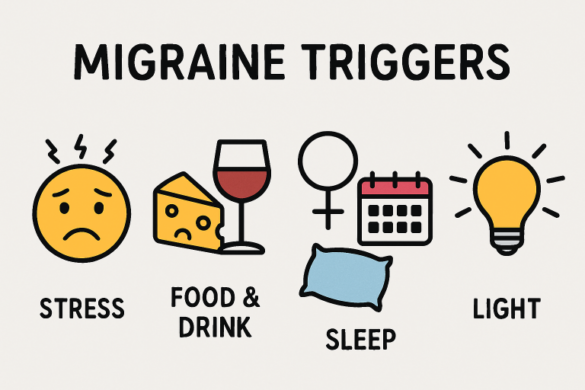 You wake up, grab the tissue box, pop an antihistamine, maybe spritz something up your nose, and hope for the best.
You wake up, grab the tissue box, pop an antihistamine, maybe spritz something up your nose, and hope for the best.
By noon, you’re foggy. By dinnertime, you’re sneezing again. And tomorrow? You’ll do it all over.
Sound familiar?
Millions of people live in that loop, treating allergy symptoms day after day without ever really addressing the why. It’s not just frustrating. It’s exhausting. And it begs the question: Why are we still managing symptoms instead of fixing the root problem?
There has to be another way, right? The truth is, there is.
The Case Against Conventional Allergy Relief
Let’s be honest. Over-the-counter allergy meds are a big business. And for most people, they’re a short-term patch, not a solution. They dull symptoms, sure. But they don’t stop your immune system from flipping out over harmless things like pollen or dust.
Plus, who really enjoys the side effects? Dry mouth, drowsiness, jittery nerves. No thanks.
For a growing number of people, that’s not good enough anymore.
Enter: Allergy Immunotherapy
This is where things get interesting.
Allergy immunotherapy is a long-term allergy treatment that doesn’t rely on pills or sprays. Instead, it works by delivering tiny doses of the allergens you react to, slowly increasing that dose over time. The goal? To train your immune system to chill out.
Think of it as a kind of exposure therapy for your biology. Not suppression. Reprogramming.
And yes, it’s real. It’s backed by research. Has been used in Europe for decades (it has been around for over a century). And it’s gaining traction in the U.S.
It’s a subtle shift in thinking: Instead of blocking symptoms, you’re shifting the way your immune system responds. You’re building a tolerance from the inside out.
Types of AIT
There are two types of allergy immunotherapy: sublingual and subcutaneous. Sublingual immunotherapy, aka allergy drops or SLIT, is administered under the tongue in the form of drops or tablets. Subcutaneous immunotherapy, more commonly known as allergy shots or SCIT, is administered under the skin via injection.
SLIT is more popular among children due to the lack of needles and daily at-home convenience, whereas SCIT is more popular among adults who don’t mind needles.
So, Why Haven’t You Heard More About It?
Simple: It’s not as profitable as daily meds. It doesn’t require constant refills or prescriptions. And it doesn’t fit the model of “treating forever.”
But for those who like to do things differently—those who are tired of medicating their way through spring, fall, and every dust storm in between—it’s a path worth exploring.
The Bottom Line
If allergy meds are wearing you down, maybe it’s time to rethink your strategy. Stop managing and start retraining. You don’t have to be stuck in the rinse-repeat cycle. Your body isn’t broken; it just needs better instructions.
And with the right approach, you can give it exactly that.









